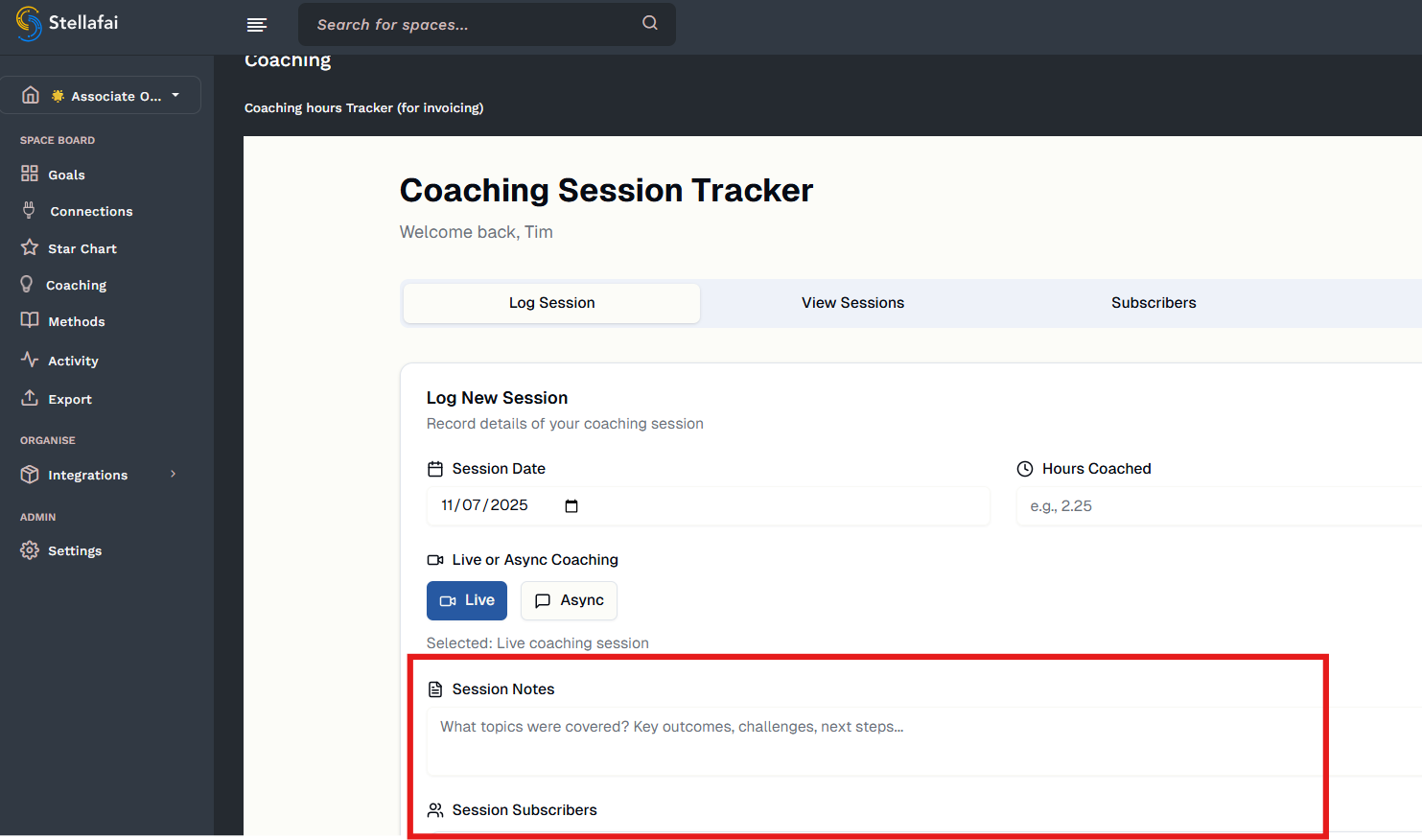The mere mention of timesheets can make any consultant stressed. Yet, they remain one of the most critical tools in consulting, serving as the backbone of client billing, resource management, and project tracking.
But traditional time sheets often fail to capture the true value of consulting work. That’s why in this article, we’ll look into how to rethink time sheets for your consulting firm so they reflect the value of your engagements.
The Problem with Traditional Time Sheets
In many organizations, alerts for time sheet completion start midweek and escalate quickly through emails, text messages, phone calls, Slack pings, and internal messaging systems. Completing a time sheet can feel like a high-pressure task.
Typically, time sheets record:
- Hours Worked: How many hours were spent on a project?
- Activity Codes: A billable or chargeable code assigned to those hours.
What is often missing is the value delivered: the measurable impact of the work performed. Time sheets rarely capture whether the work enabled progress, solved problems, or created meaningful outcomes for clients.
Consider this for a moment. Organizations invest millions in consulting services, yet the primary tracking focuses entirely on inputs (time) and administrative categorization (codes), while completely ignoring outputs (outcomes and impact).
It's like measuring the success of a restaurant by how many hours the chef worked and which recipes they used, without ever asking whether the food was any good.
How We’re Reimagining Timesheets at Stellafai
At Stellafai, we still need to track how we're spending time serving our clients' subscriptions. But we've fundamentally reimagined what information matters, and we’ve tweaked the questions to capture what actually drives value.
When one of our coaches spends a day working with a client, we focus on two critical pieces of information:
1. Who did we enable?
We ask: who in the client organization were you coaching?
This matters because we're in the enablement business, not the "doing the work for you" business. We need to track:
- Who have we coached?
- Who have we mentored?
- Who have we enabled towards achieving those outcomes?
By capturing this information alongside the time invested, we can demonstrate our true impact: building capability within our clients' organizations.
2. What outcomes did we drive?
Here's the subtle but crucial difference: We're not interested in the activity or the code. We're interested in the outcome.
Instead of "8 hours - Project Alpha - Code 12345," we capture:
- What outcome were we working toward?
- What progress did we make toward that outcome?
- What challenges or blockers were identified?
- What next steps were agreed upon?
This shift from activity to outcome transforms timesheets from an administrative burden into a value-tracking tool.

By capturing this information, each time sheet entry tells a story, demonstrating the impact of consulting work rather than just hours worked.
Why This Matters for Consulting Firms
If you're running or working in a consulting organization, consider what your current timesheet system is telling you:
Traditional timesheets answer:
- Are we billing enough hours?
- Is our utilization rate acceptable?
- Are we charging time to the right codes?
Outcome-focused timesheets answer:
- What value are we delivering to clients?
- Who are we developing in the client organization?
- What challenges are we solving?
- What progress are we making toward defined outcomes?
The difference is practical. When renewal time comes, which conversation would you rather have with your client?
"We delivered 2,000 billable hours across these project codes."
Or:
"We enabled 15 members of your team, drove progress on five strategic outcomes, and identified and resolved eight critical blockers to your transformation."
The Timesheet of the Future
The timesheet of the future shouldn't be about codes and hours alone. It should be a value ledger, a running record of outcomes delivered, people enabled, and progress made.
This doesn't mean abandoning time tracking or billing codes entirely. These are still important for financial management. But they should be supplementary data points, not the main story.
The main story should always be about impact. So if you’re ready to evolve beyond traditional timesheets, here are some questions to start with:
- Who did we work with? Track the people you're developing, not just the projects you're billing.
- What outcome were we pursuing? Define and track progress toward specific, measurable outcomes.
- What did we achieve? Capture the movement toward goals, not just the activities performed.
- What's blocking progress? Document challenges and how you're addressing them.
- What's next? Record the agreed next steps and commitments.
Wrapping up
Timesheets will always be part of consulting life. But they don't have to be the soulless administrative burden that triggers panic.
By shifting our focus from inputs to outcomes, and from billing to impact, we can transform timesheets from a compliance exercise into a strategic tool that demonstrates and drives the real value of consulting.
Learn how Stellafai is helping forward-thinking consultancies capture value, track enablement, and measure true outcomes here.



.png)
.png)
.png)